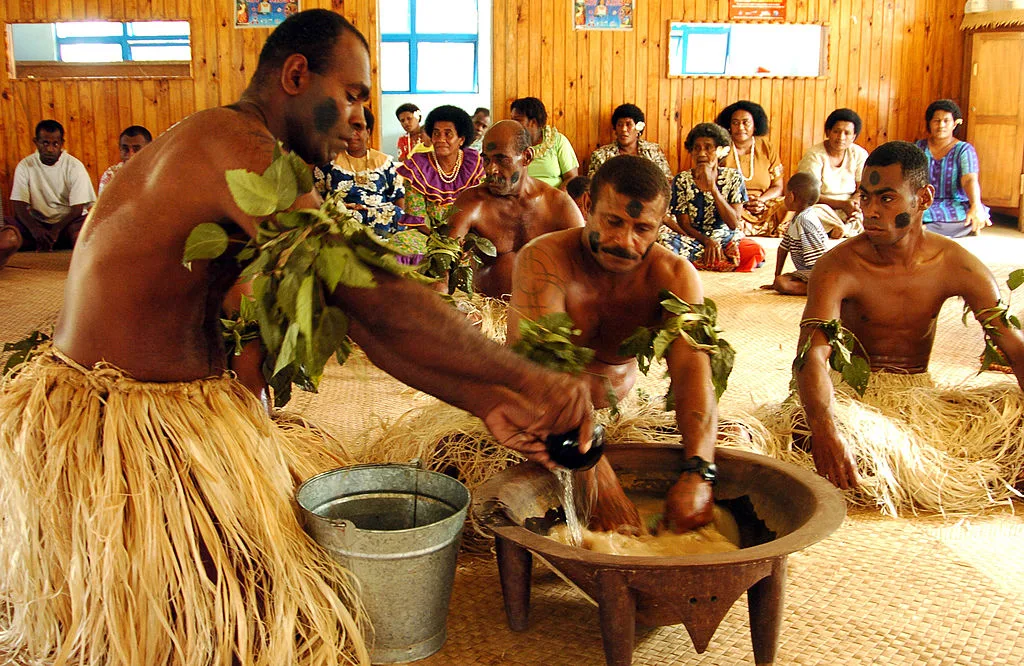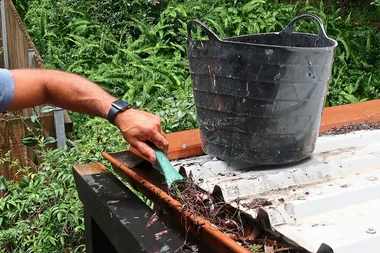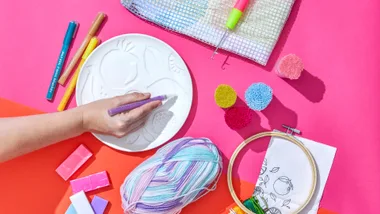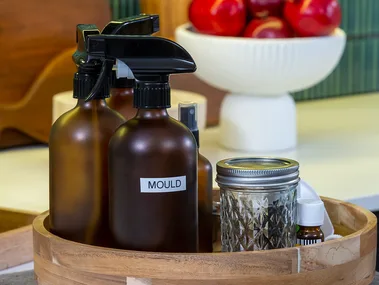Like alcohol to Western societies, the Pacific’s favourite tipple is kava, also known as kava kava, which is an all-natural crop that come from the Pacific Islands and is known as a fast-acting anxiety treatment, but with far less fanfare than cannabis or benzodiazepines.
Is kava legal in Australia?
Kava has had import restrictions in Australia since 2007 following concern that some indigenous communities were abusing it.
According to Australia’s Alcohol and Drug Foundation, people coming into Australia, who are over the age of 18 years, are allowed to bring 2kg of kava (in the root or dried form only) for personal use.
However, that might be set to soon change. In January, the Australian Prime Minister Scott Morrison announced a trial program to allow increased imports of kava, as Australia seeks to forge closer ties with its Pacific neighbours.
“I know it has been an issue for some time, we have agreed that we would be working to … ease some of the limitations on importation of kava into Australia,” Mr Morrison said at the time.

What is kava root and where does it come from?
A native of the South Pacific, kava is made from the root or stump of the kava shrub (Piper methysticum – a member of the pepper family) and is used to produce a bitter drink (that doesn’t taste very pleasant) with mild sedative, anesthetic, and euphoriant properties.
How to buy kava in Australia?
Kava is mostly available in Australia as a natural, over-the-counter anxiety supplement in tablet or capsule or teabag form with a recommended maximum daily dose of 250 mg or less of kavalactones, according to Australia’s Therapeutic Goods Administration.
How to consume kava?
If you want to consume kava root the traditional way, you should let it rest in a bowl of water for a number of minutes and then drink the water. This tea is often drank socially as part of traditional ceremonies and cultural practices throughout the Pacific Islands.
After first drinking kava, you should notice a tingling or numbing sensation in the mouth, which is followed by a calming effect.

What does kava do when taken?
In small doses, the effects of kava include muscle relaxation, sleepiness, feelings of wellbeing, mild loss of feeling in the throat and mouth, and appetite loss.
Better Health Victoria says, “Even though there is no alcohol in kava, it can produce similar symptoms to drunkenness, including difficulty with balance, and slurred speech.”
Some people also take kava for urinary tract infections (UTIs), pain and swelling of the uterus, venereal disease, menstrual discomfort, and to increase sexual desire.
What are the side-effects of kava?
Kava can affect everyone differently, depending on size, weight and health; whether the person is used to taking it; whether other substances are taken around the same time; the amount taken and the strength of the kava.
The long-term effects of the regular use of large amounts of kava include mood swings; depression; dry, scaly skin; malnutrition and severe weight loss; getting infections more easily and shortness of breath.
Kava should not taken by children, a pregnant woman, a breastfeeding mother, people driving or operating heavy machinery, and people drinking large quantities of alcohol.
According to Webmd, there are some safety concerns about kava being linked with liver damage and even some deaths have been traced to kava use. As a result, kava has been banned from the market in Europe and Canada. This ban has hurt the economies of Pacific Island countries that export kava. Despite health concerns, kava has not been taken off the US market.
After years of research, there is no confirmation if kava does cause liver damage, but, as with all drugs, it’s best to proceed with caution.
Please note: You should consult a doctor before taking kava.











